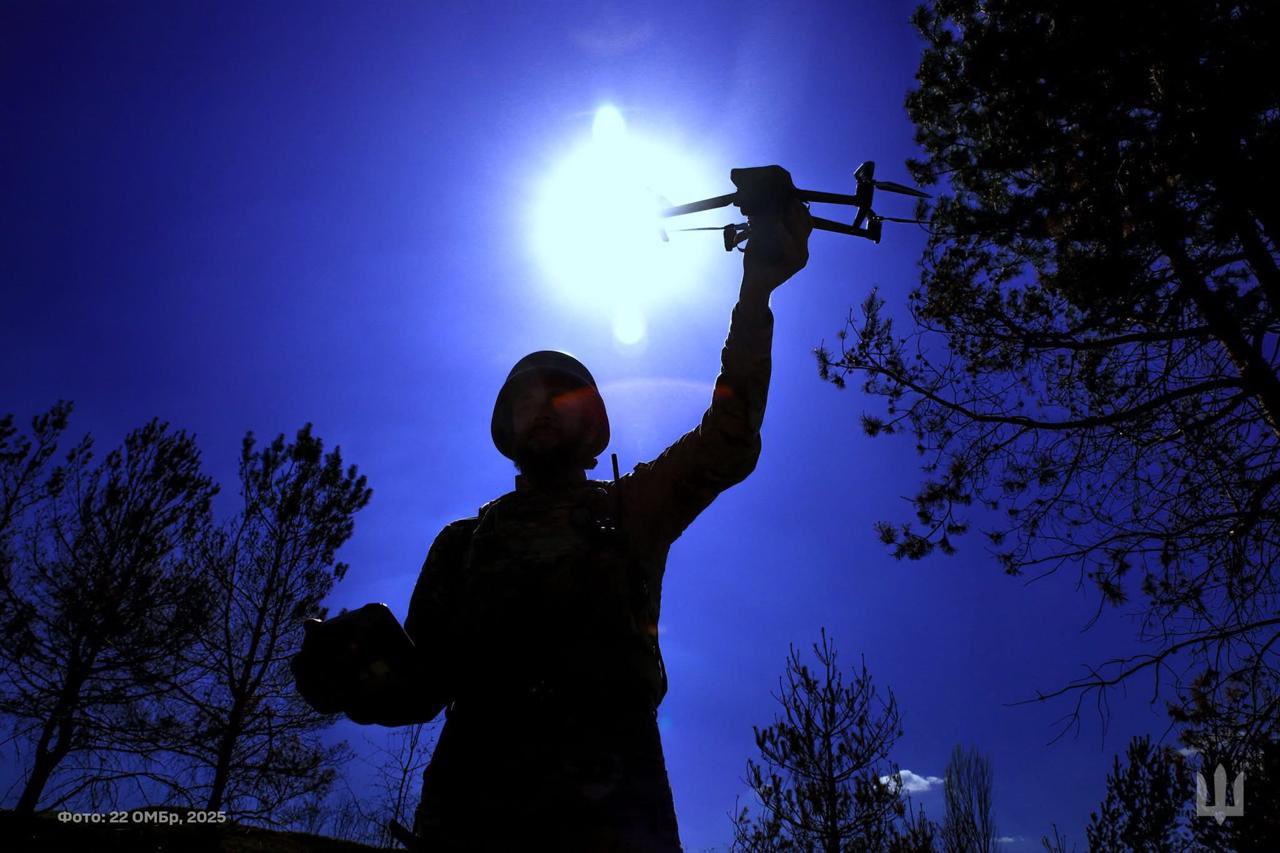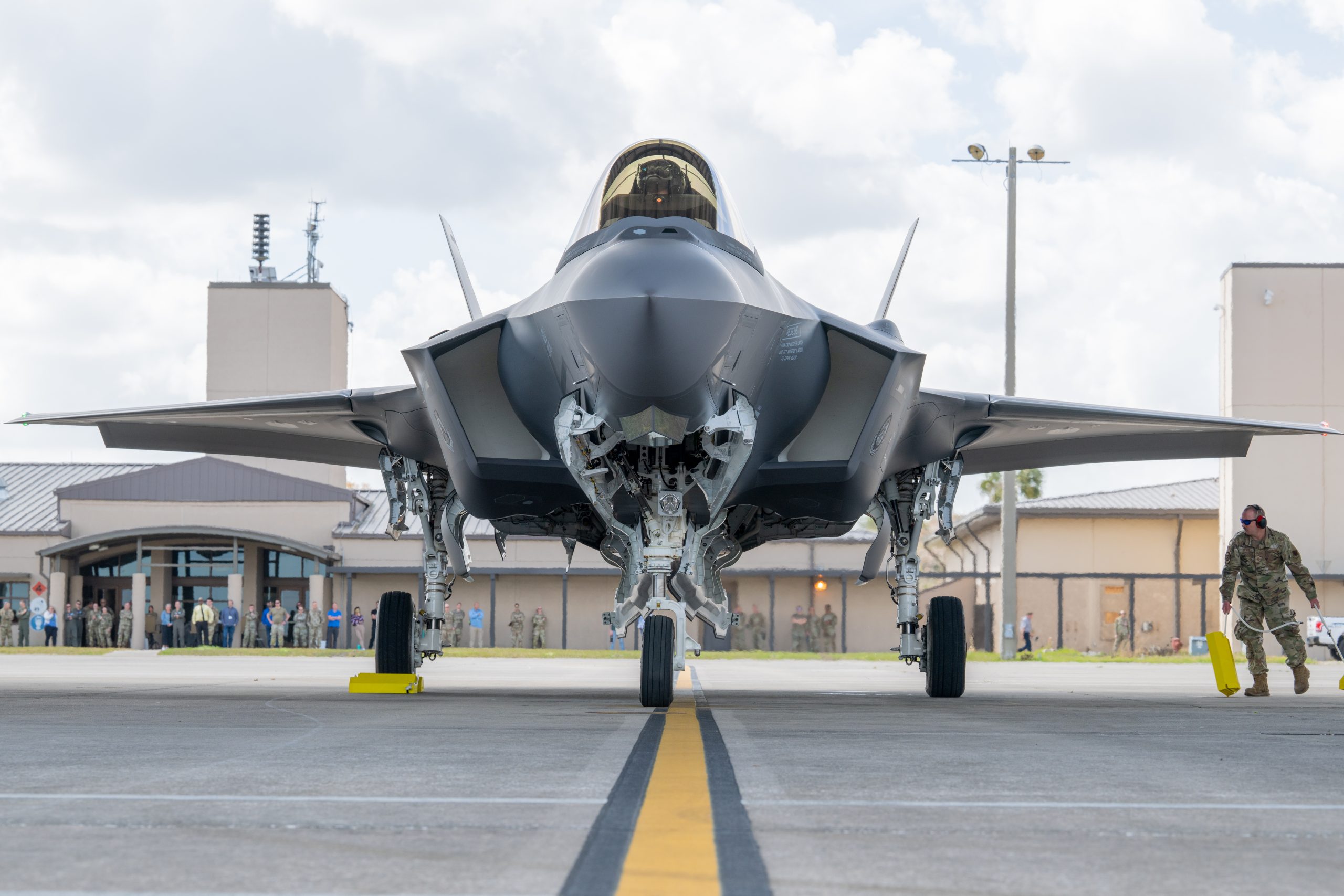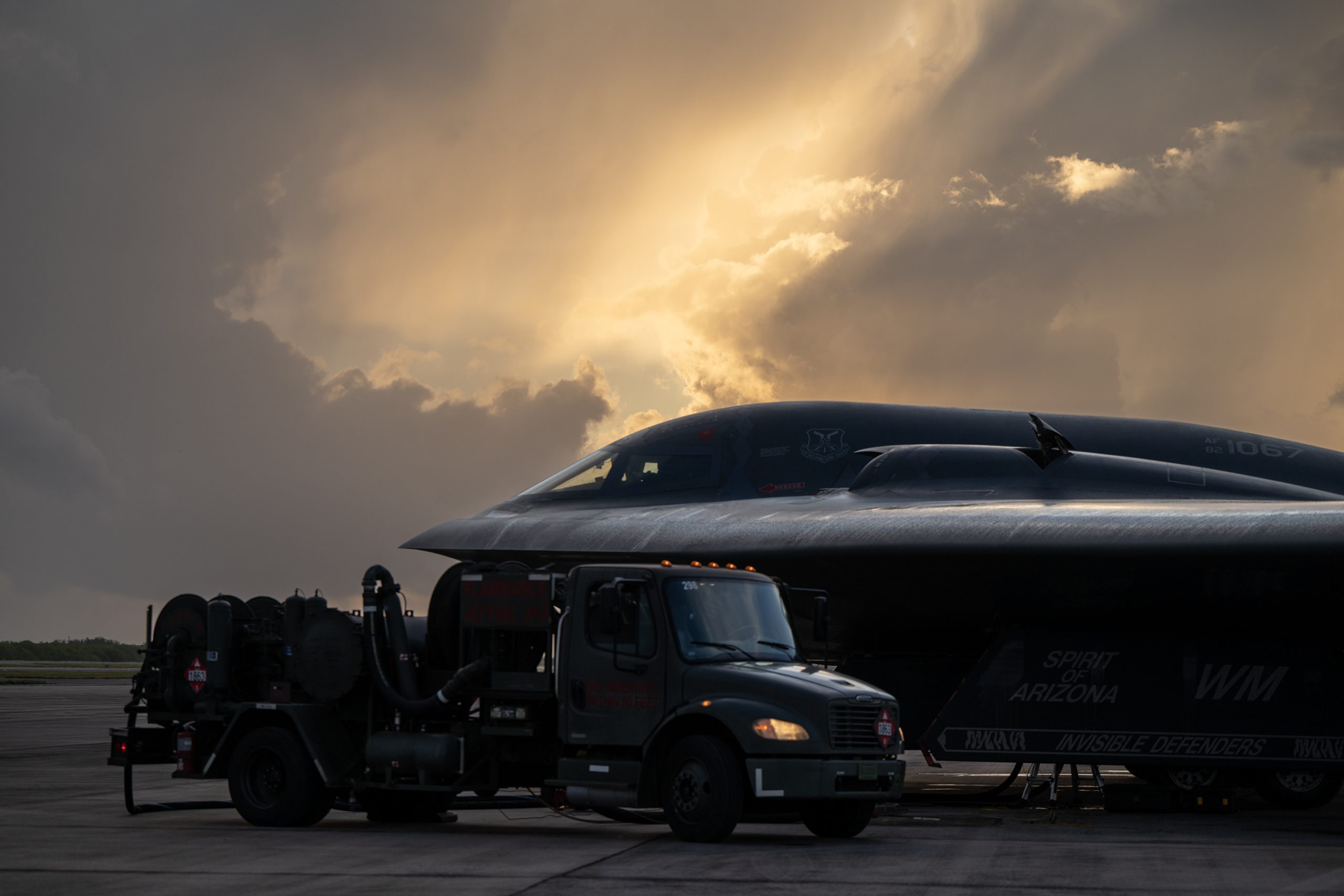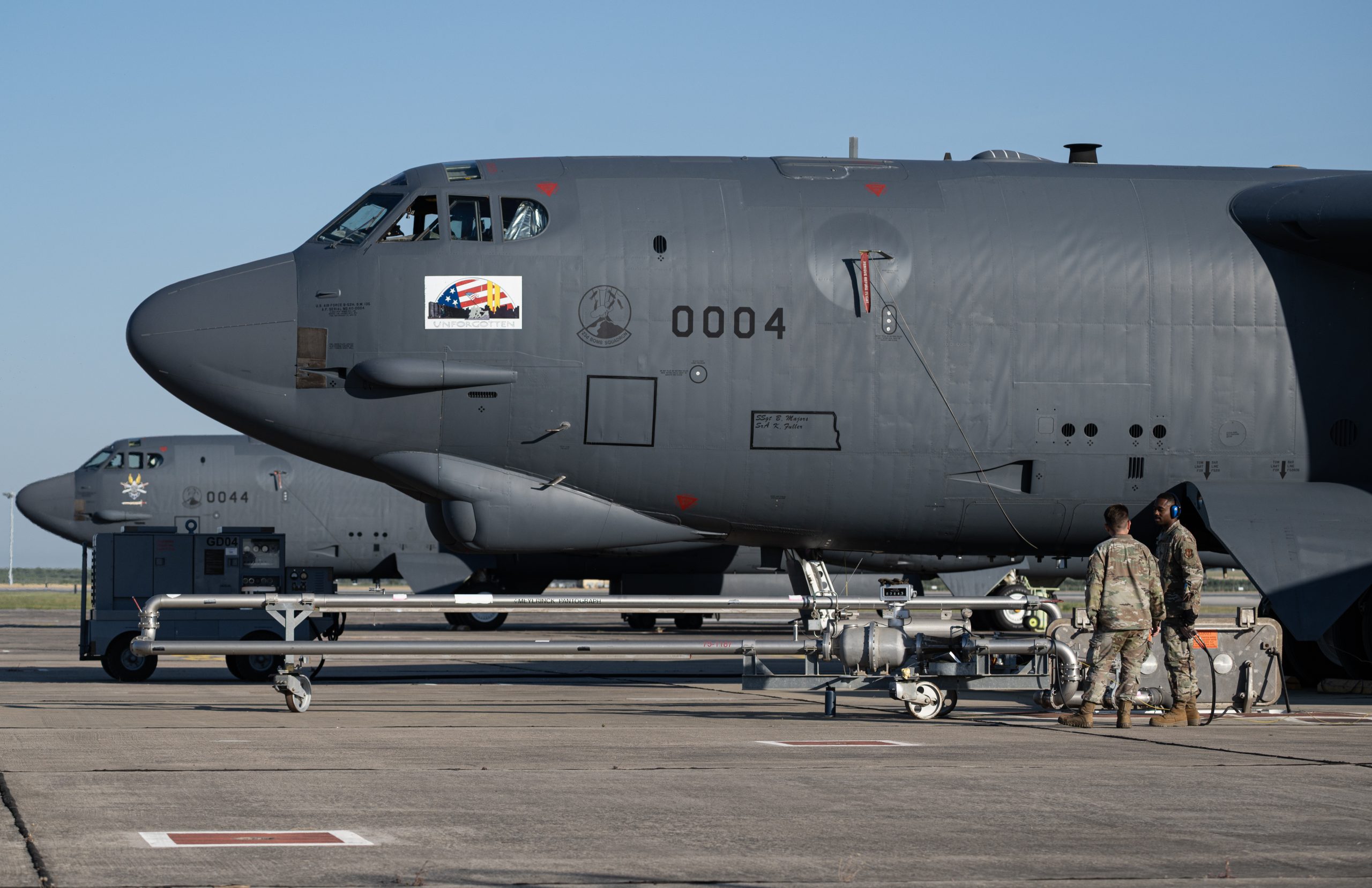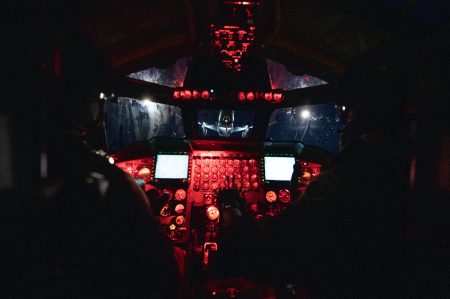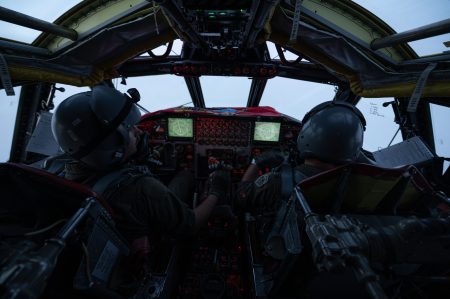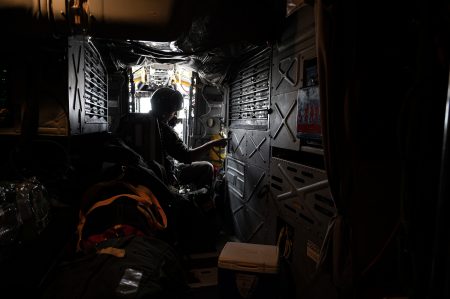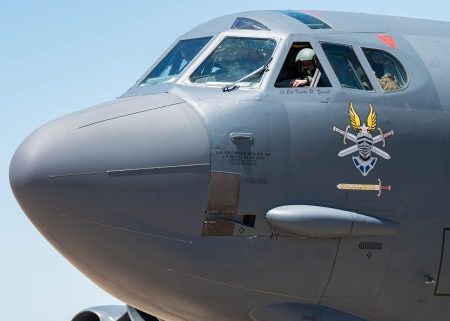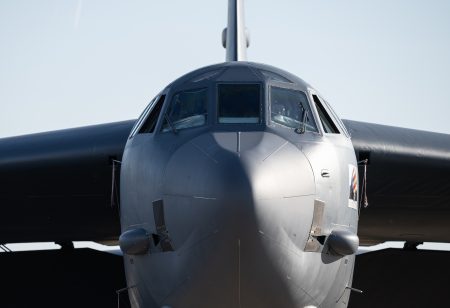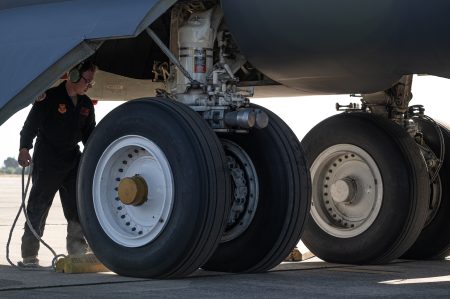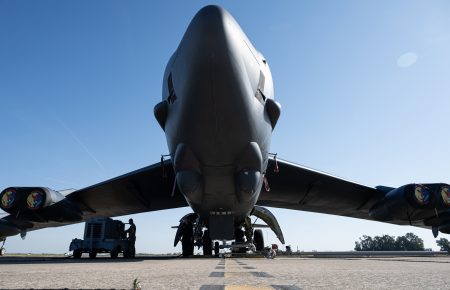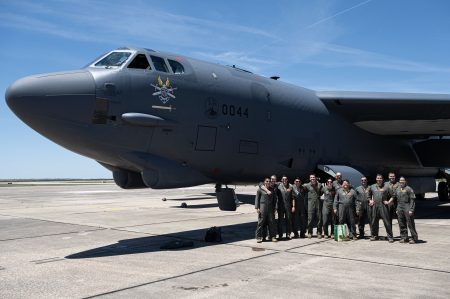U.S. and allied policymakers should seek new partnerships with commercial companies and develop alternative tools that can withstand enemy attack to succeed in future wars where military satellites are targeted, a federally funded think tank argues in a new report.
The May 21 RAND Corp. report, which highlights lessons learned from Ukrainian and Russian forces’ use of space systems over the past three years, analyzes how the use and disruption of communications, navigation and surveillance tools have played an “unprecedented role” in the war, and how the U.S. can deploy those systems in future conflicts.
Researchers first recommended that U.S. policymakers rely on commercial space assets to support allies and partners ahead of and during conflicts. RAND noted how diversifying those options has allowed Ukrainian forces to maintain crucial satellite communications and intelligence, surveillance, and reconnaissance despite Russian interference.
For example, a Russian cyberattack in the opening hours of the war disabled much of Ukraine’s use of Viasat, the commercial internet provider Ukraine leaned on to calculate fire missions, build situational awareness, and create a common operating picture among troops. Ukrainian soldiers instead used ground lines connecting Soviet-era communications hardware, but the country’s rapid adoption of SpaceX’s Starlink satellite internet fiilled a critical void.
Starlink helped the Ukrainian government maintain communications with the military and civilians, enabled fire support and allowed civilians to report sightings of Russian troops, among countless other key information-sharing capabilities.
“Starlink’s impact was so significant that some Ukrainian commanders believed that, without it, the war could have been lost,” RAND noted.
The same scenario played out with ISR, for which commercial satellite imagery providers such as Maxar, Planet Labs, Capella, BlackSky, and HawkEye 360 took photos and used radio frequencies to locate Russian forces. The Finnish company ICEYE’s satellites use synthetic aperture radar to locate Russian troops “at any time and through any weather,” RAND wrote.
“Within the first months of using ICEYE’s data, Ukraine’s Ministry of Defence claimed that Ukraine was able to identify the location of over 7,000 Russian military equipment sites and troop positions,” RAND said. “Ukraine’s military was then able to conduct and confirm the destruction of hundreds of Russian assets, including fighters and advanced missile launchers.”
But reliance on commercial space assets can be a double-edged sword. For example, Ukraine’s initial agreement with SpaceX was struck informally over X, then known as Twitter. The lack of a formal arrangement meant SpaceX “was not beholden to any contractual terms or subject to dedicated government oversight,” RAND wrote. “As a result, SpaceX covered most of the associated provision costs—reportedly $80 million over six months—and decided when, where, and how Starlink would be provided and used.”
The uncertainty compounded as SpaceX founder Elon Musk made public statements and policies that conflicted with Ukraine’s priorities and threatened to end Ukraine’s Starlink services entirely. Eventually the U.S. government formally contracted SpaceX to provide Starlink to Ukraine, but the experience highlighted both the importance of drawing up a formal contract and the risk of company goals not being aligned with a government’s objectives.
That can have ripple effects, too: Taiwan is reluctant to adopt SpaceX technology because Musk runs the electric car company Tesla, which produces about half of its inventory in China, RAND noted.
Contracts must also cover how the U.S. will respond to threats toward commercial space systems, such as when Russian forces tried to hack and jam Starlink satellites early in the war, or indemnify companies in case their assets are lost, researchers said.
In the case of ISR, those contracts could also include cybersecurity provisions and restrictions on sharing information to prevent satellite images from falling into an adversary’s hands.
For SATCOM, RAND recommended that the Defense Department keep building a multiorbit network of myriad satellites that would be more difficult to disable. Including both military-owned and commercial systems would enhance that resilience, RAND said.
The war in Ukraine demonstrates the difficulty of sustaining an advantage in positioning, navigation, and timing in modern conflict, as even the most advanced U.S. and allied GPS-guided bombs, missiles, and artillery shells have seen their hit rates drop sharply due to Russian jamming and spoofing operations, RAND wrote. Ground troops also found their communications were cut and drone pilots lost touch with their aircraft due to Russian electromagnetic attacks.
An electromagnetic cat-and-mouse game has emerged where Ukrainian and Russian troops develop countermeasures and counter-countermeasures, such as building jam-resistant GPS receivers into precision-guided munitions and taping SIM cards and modems onto drone fuselages to reduce dependence on satellite navigation. That means the U.S. and allies should continue innovating and pursuing alternative PNT technology “to ensure that platforms and munitions remain effective,” RAND wrote.
